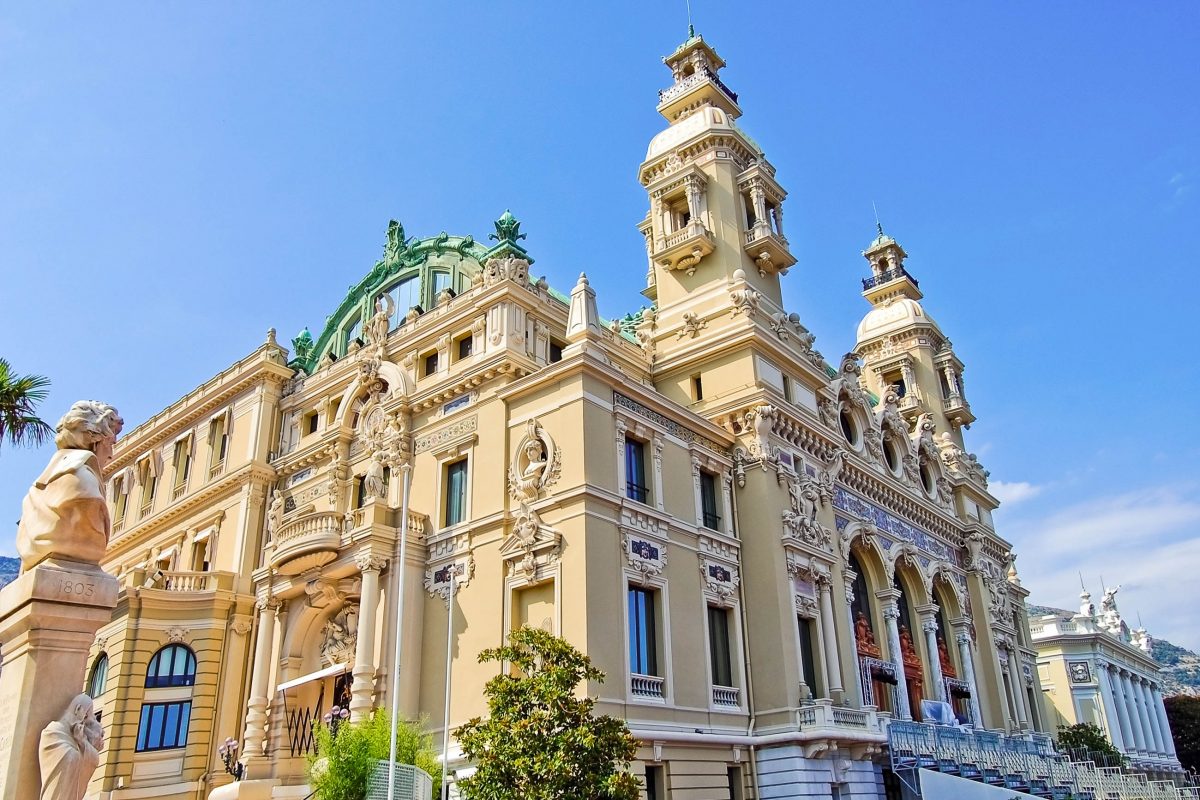카지노사이트: 쿠폰, 이벤트, 프로모션, 보증으로 도박의 즐거움을 더하다
카지노사이트에서 무슨 일이 벌어지고 있는지 알고 계신가요? 아니면 여전히 오프라인 카지노만을 찾고 계신가요? 현대의 디지털 시대에 접어들면서 온라인 카지노사이트는 더 이상 흥미로운 선택지일 뿐만 아니라 다양한 혜택을 누릴 수 있는 공간이 되었습니다. 그 중에서도쿠폰, 이벤트, 프로모션, 보증 등 다양한 혜택을 제공하는 카지노사이트를 찾아보는 것은 도박의 즐거움을 더할 뿐만 아니라 더...














